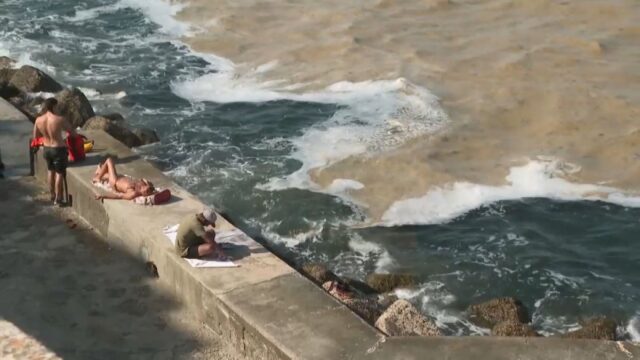Algae have been plaguing the Adriatic Sea in Ancona (Italy) for weeks. The goo disappeared for a few days, but sadly it has returned as it is believed to thrive in warm temperatures.
Although algae are not considered harmful to bathers, some bathers express their discontent with this slimy being. “You have to shower; if you feel sticky,” explains one bather. Others seem less opposed to seaweed. A tourist from the Netherlands admits it’s not a pretty sight, but says the water is still fine.
Edoardo Rubini, of the Emilia Portonovo Beach Resort Restaurant, confirms that the phenomenon did not affect the restaurant’s reservationsand trusts that the situation will not have an impact on tourism in the region.
In the northern regions of Italia An increase in algae has also been noted. In it Gulf of Trieste there is a record amount of algae since 2007according to a report from the National Institute of Oceanography and Applied Geophysics.
Increase in sea temperature
Last Monday was hottest day on record on Earth. This same pattern is seen with sea temperatures along the Adriatic coast, which reached record highs. Last week it was registered in Dubrovnik the highest sea temperature in Croatia since the Croatian Meteorological and Hydrological Service (DHMZ) started taking measurements.
According to data from the European Environment Agency, The five European seas have warmed considerably in recent decades, especially since the late seventies. His data suggests that Sea surface temperature expected to rise by 2 to 6 degrees Celsius from now to 2100 in the high emissions scenario.







